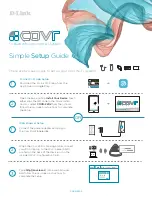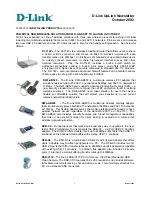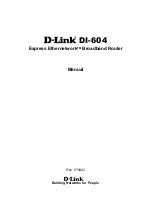
Proroute
GEM
2M
4G
Router
GEM-2M series User Manual
41
In Port-based VLAN, all client hosts belong to the same group by transferring data via
some physical ports that are tagged with same VLAN ID in the device. The ports of a
VLAN form an independent traffic domain in which the traffic generated by the nodes
remains within the VLAN. However, in Tag-based VLAN, all packets with same VLAN
ID will be treated as the same group of them and own same access property and QoS
property. It is especially useful when individuals of a VLAN group are located at
different floor location.
The VLAN function allows you to divide local network into different
“
virtual LANs”. In
some cases, ISP may need router to support “VLAN tag” for certain kinds of services
(e.g. IPTV) to work properly. In some cases, SMB departments are separated and
located at any floor of building. All client hosts in same department should own
common access property and QoS property. You can select either one operation
mode, port-based VLAN or tag-based VLAN, and then configure according to your
network configuration.
Please be noted, since there is only one physical Ethernet LAN port in the gateway,
there is only little configuration if you choose the Port-based VLAN.
3.1.2.2.1 VLAN
Scenarios
There are some common VLAN scenarios for the device as follows:
Port-Based VLAN Tagging for Differentiated Services
Port-based VLAN function can group Ethernet ports together for differentiated
services like Internet surfing, multimedia enjoyment, VoIP talking, and so on. Two
operation modes, NAT and Bridge, can be applied to each VLAN group. One DHCP
server is allocated for an NAT VLAN group to let group host member get its IP
address. Thus, each host can surf Internet via the NAT mechanism of business
access gateway. At bridge mode, Intranet packet flow was delivered out WAN trunk
port with VLAN tag to upper link for different services.
















































